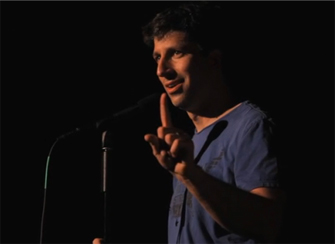Storytelling in the Digital Age. It should have have an acronym, but SDA sounds like a medical device. StoDA?
Or, maybe it’s time to drop the “Digital Age” reference and remember that storytelling, in any age, is storytelling.
No matter what you dub it, it’s a sizzling time to be a storyteller! Powerful new storytelling platforms, tools and communities are being invented every day, empowering storytellers and audiences but simultaneously introducing new challenges. As a writer, storyteller and teacher, I’m a bit obsessed with the evolution of author/audience relationships. Storytelling in the Digital Age is redefining this timeless relationship in exciting and unpredictable ways; empowering raconteurs of all stripes to explore new narrative vernaculars; unshackling indie creators from yesterday’s gatekeepers and referees; and enhancing audiences’ appetites for stories and previously unimaginable story interfaces.
But Storytelling in the Digital Age isn’t all noontime massages and dark chocolate. The proliferation of sexy media tempts creators to swap good narrative craft for snazzy special effects. Critics worry that audiences are becoming lazier, more passive even as increasingly interactive storytelling is possible.
What follows is a digital scrapbook of interesting tidbits about Storytelling in the Digital Age for you to check out. I’ll add and subtract as inspiration (and time) permit. Don’t hesitate to recommend juicy material that I’ve overlooked!
It’s a sizzling time to be a storyteller! New, powerful platforms and tools are invented every day. And storytelling communities are coalescing where and when they never existed before. Here’s a digital scrapbook of interesting tidbits for you to check out.
http://storify.com/virtualdavis/storytelling-in-the-digital-age
Related articles
- What Will ‘The Future of Storytelling’ Look Like? (mediabistro.com)
- Digital storytelling project aims to inspire (mnn.com)
- Narrative.ly Taps Into NYC’s Untold Stories (pbs.org)
- Kickstarting a literary studio for serialized fiction (boingboing.net)
- Beat reporting in the digital age (journomel.com)















